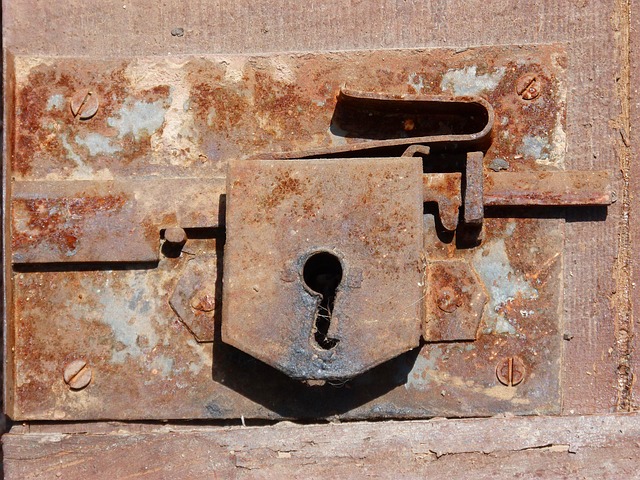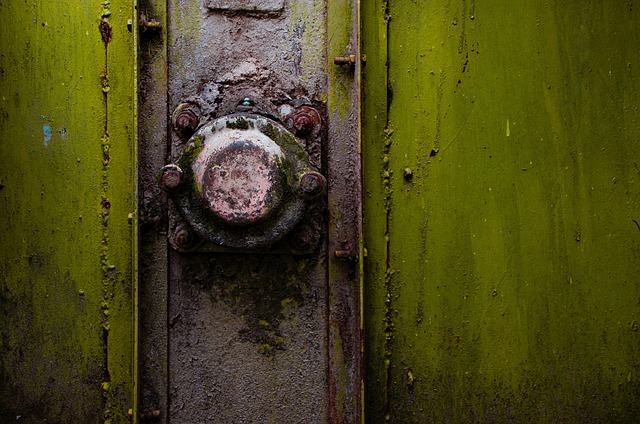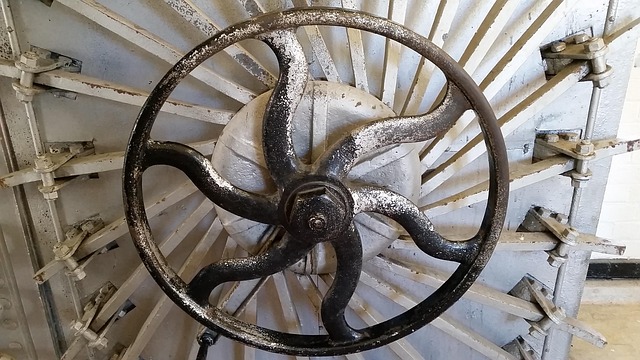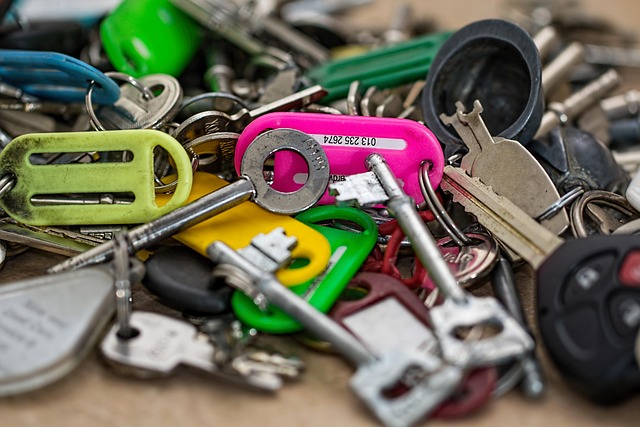Solar-powered outdoor alarms are an innovative solution for rural security, leveraging renewable energy for independence and sustainability. When choosing a DIY kit, prioritize durable components, weather resistance, tailored instructions, and additional features like motion sensors or remote monitoring. Installation involves mounting solar panels in sunny locations, positioning sensors near entry points, and connecting them to a control panel. Regular maintenance includes inspections, cleaning the panel, checking battery status, and troubleshooting issues for optimal performance and reliability.
“Discover the power of self-sufficiency with DIY installation kits for outdoor rural alarm systems. In this comprehensive guide, we explore the benefits of solar-powered outdoor alarms and how they can enhance your rural security. Learn how to choose the right kit tailored for remote settings and master the step-by-step setup process.
From maintenance tips to troubleshooting tricks, ensure your solar alarm system lasts. Empower yourself with knowledge and take control of your property’s safety.”
- Understanding Solar-Powered Outdoor Alarms: Benefits and Basics
- Choosing the Right DIY Installation Kit for Rural Settings
- Step-by-Step Guide: Setting Up Your Solar Alarm System
- Maintenance and Troubleshooting Tips for Longevity
Understanding Solar-Powered Outdoor Alarms: Benefits and Basics

Solar-powered outdoor alarms are an innovative and eco-friendly solution for rural areas looking to enhance their security. These systems harness the power of the sun, eliminating the need for traditional electricity connections, making them ideal for remote locations. The primary benefit is their self-sufficiency; once installed, they operate independently, drawing energy from sunlight during the day and storing it in batteries for use at night or on cloudy days.
This technology offers a range of advantages for rural communities. They are low-maintenance as there’s no need to regularly replace or refill fuel sources. Additionally, solar panels can be discretely mounted, preserving the natural landscape. With their wireless design, these alarms can be easily installed and moved, providing flexibility in setting up security measures across vast rural properties.
Choosing the Right DIY Installation Kit for Rural Settings

When selecting a DIY installation kit for an outdoor rural alarm system, consider your specific needs and the unique challenges of your location. Solar-powered outdoor alarms are particularly suitable for remote areas as they offer a sustainable and reliable power source. Look for kits that include durable components designed to withstand harsh weather conditions, such as heavy rain or extreme temperatures.
Ensure the kit provides all necessary tools and clear, detailed instructions tailored for rural settings. Some kits may come with additional features like motion sensors, distress signals, or remote monitoring capabilities, enhancing security and peace of mind. Opting for a reputable brand with positive customer reviews can guarantee quality and support throughout the installation process.
Step-by-Step Guide: Setting Up Your Solar Alarm System

Setting up a solar-powered outdoor alarm system is an efficient and eco-friendly way to secure your rural property. Here’s a straightforward, step-by-step guide to help you get started. Begin by unpacking your DIY installation kit, which typically includes all necessary components like solar panels, sensors, batteries, and mounting hardware. Find a suitable location for your alarm system—a spot with unobstructed access to sunlight is ideal. Mount the solar panels at eye level or slightly higher, ensuring they face south (or north if you’re in the southern hemisphere). Use the provided brackets to securely attach them to a sturdy structure like a fence post or wall. Next, set up your sensors according to your specific needs—motion detectors near entry points and property perimeters are common placements. Connect these sensors to the control panel using simple wiring, following the instructions carefully. Once wired, place the control panel in a dry, protected location, such as a shed or garage. Finally, test your system thoroughly by simulating motion triggers and ensuring proper alarm activation, confirming that everything functions as intended before relying on it for security.
Maintenance and Troubleshooting Tips for Longevity

Regular maintenance is key to ensuring your solar-powered outdoor alarm system functions optimally and lasts for years. Start by inspecting the panel regularly; clean it gently to remove any debris or dust buildup, as this can affect energy absorption. Check the battery status frequently, especially in low-light conditions or during prolonged periods without sunlight, and replace it when necessary. Many kits come with low-battery indicators, making this process straightforward.
Troubleshooting common issues early on will also contribute to the system’s longevity. If the alarm isn’t activating as expected, verify that sensors are properly positioned and not obstructed. Check for any loose connections at joints and terminals, and ensure all wiring is secure and free from damage. In case of persistent problems, consult the kit’s user manual or contact customer support for guidance, leveraging their expertise to keep your solar-powered outdoor alarm system reliable and effective.
DIY installation kits for solar-powered outdoor alarms offer a cost-effective and sustainable solution for rural security. By selecting the right kit tailored to your location, you can effectively protect your property with minimal environmental impact. Following our step-by-step guide and maintenance tips will ensure your system operates seamlessly, providing peace of mind in even the most remote areas. Embrace the benefits of solar technology for a smarter, greener, and safer rural living.
